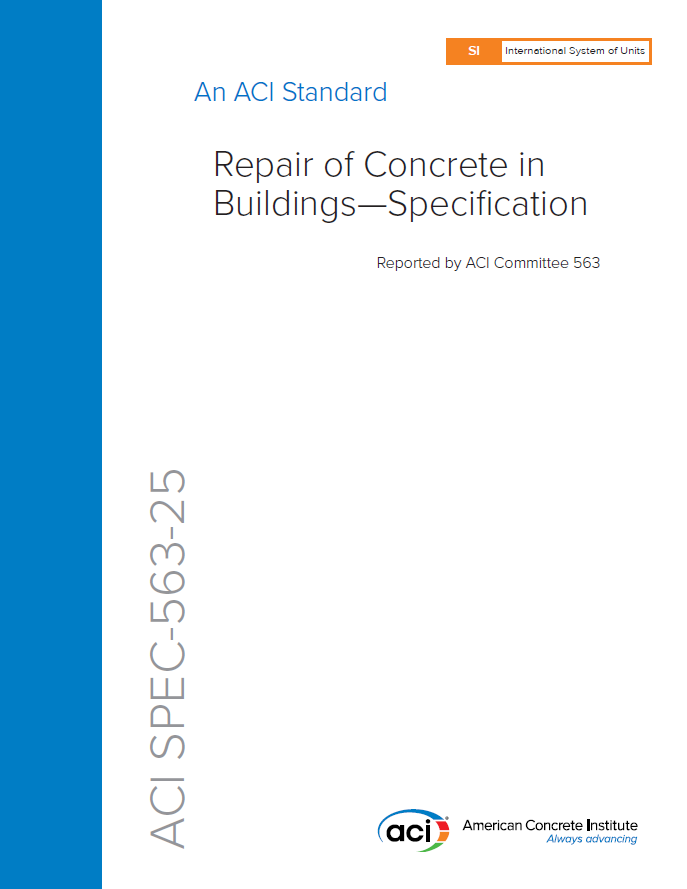How Hoover Dam Provided Drinking Water on Construction Sites
- Arizona Contractor & Community
- Jul 22, 2021
- 2 min read
Luke M. Snell, P.E.
The Boulder Canyon Project, now called the Hoover Dam, was awarded to The Six Companies in the spring of 1931. For many people, work could not commence soon enough. Unemployment exceeded 25 percent, and the hope of landing a job caused individuals to flock to this desolate area on the Arizona-Nevada border. The company planned to begin work in the fall, but U.S. President Herbert Hoover insisted they start immediately, just as the mercury was climbing.

The working conditions on the project were brutal. There was no shade, and summertime temperatures exceeded 100 degrees. Some employees could not handle the heat and quit; others tried their best to cope. But it would not be easy, as the summers of 1931 and 1932 were fierce, temperature-wise.
Many deaths occurred from heat prostration. Workers who collapsed had cold water tossed on them. If that did not revive them, they were transported to a hospital in Las Vegas. Many would not survive the one-hour journey.
There were several theories about what caused heat-related medical issues and why some people were more susceptible to the heat. These may seem irrational today, highlighting how little was known about the cause of heat prostration.
#1 - Workers were weakened by their poor diets: Meals consisted of doughnuts and coffee in the morning and soup in the evening. This diet regime was thought to impair their systems and lead to heat-induced problems.
#2 - Workers were eating too much food: Hoover Dam construction workers could eat as much as they wanted at the mess tent. Overeating was thought to make it difficult to perform manual labor in the heat.
#3 - Drinking water on the job. Many workers thought that consuming water would lead to heat prostration.

The number of injuries and deaths from heat prostration alarmed the company. Management sought help from Harvard University’s Fatigue Laboratory in 1932. After visiting the job site, the Harvard investigators quickly identified the problem: the workers were dehydrated and not drinking enough water. The Six Companies immediately provided more water stations and encouraged consumption by workers.
Construction companies are now mandated by OSHA requirements to provide water to their workers. The concept is simple; however, implementing it on the job site is not easy. You can lead workers to water, but you can't make them stay hydrated.
To read the rest of this article, you are invited to purchase the digital issue here.
This article originally appeared in the bimonthly Arizona Contractor & Community magazine, Jul/Aug 2021 issue, Vol. 10, No. 4.







Comments